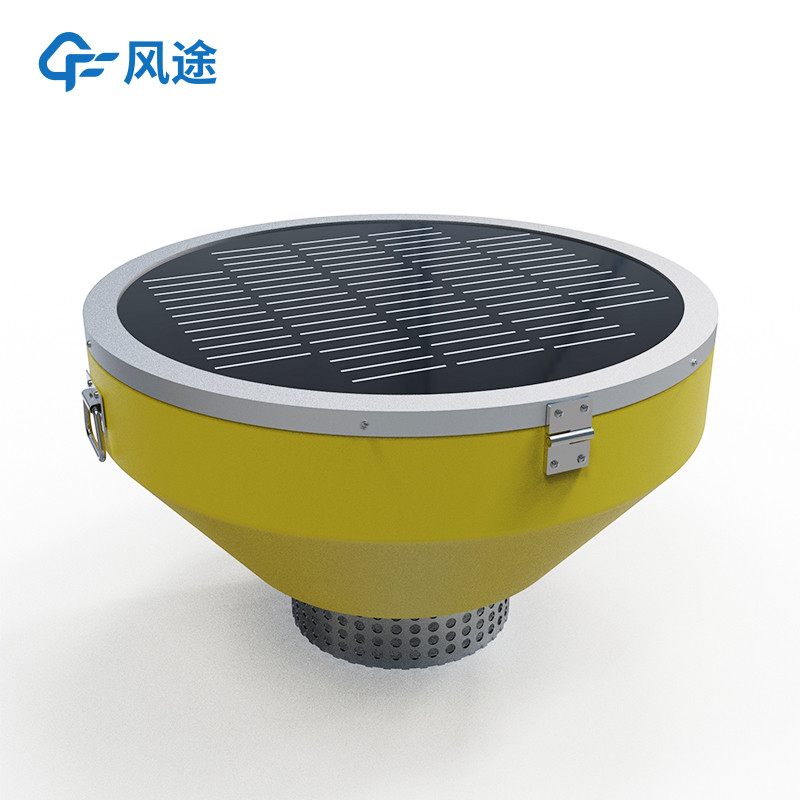Tianyi Sensor IOT Technology Co., Ltd
Sales Manager:Ms. Emily Wang
Cel,Whatsapp,Wechat:+86 15898932201
Email:info@fengtutec.com
Add:No. 155 Optoelectronic Industry Accelerator, Gaoxin District, Weifang, Shandong, China

Sales Manager:Ms. Emily Wang
Cel,Whatsapp,Wechat:+86 15898932201
Email:info@fengtutec.com
Add:No. 155 Optoelectronic Industry Accelerator, Gaoxin District, Weifang, Shandong, China
time:2025-06-24 08:51:01 source:Weather Station viewed:161 time
The problem of water pollution is serious. Governments, environmental protection agencies, and scientific research institutions need to promptly and accurately grasp the water quality status to formulate effective water resource protection and pollution control policies. However, the detection scope of water quality monitoring stations is limited, and it is necessary to cooperate with other monitoring means, such as mobile monitoring ships, buoy monitoring stations, remote sensing technology, etc., to form a three-dimensional water quality monitoring network, thereby improving the comprehensiveness, accuracy, and real-time performance of monitoring.
Water Quality Monitoring Data Buoys are water quality monitoring devices based on sensor technology, Internet of Things technology, and data analysis technology, named for their buoys that can float on the water surface. It has a relatively simple structure, including a floating body, water quality sensor, data collection and transmission system, power supply system, and cloud platform, which can carry out real-time and continuous monitoring of multiple indicators in water bodies - conductivity, chlorophyll, COD, water temperature, pH, ammonia nitrogen, turbidity, dissolved oxygen, etc.
Its buoys come in various types, including conical structures and spherical structures, which are suitable for placing in monitoring blind areas such as the center of rivers and deep water areas of lakes to make up for the spatial limitations of water quality monitoring stations.
Advantages:
Convenient deployment and quick use
The device integrates various monitoring probes, with simple installation steps and no need for complex debugging, which can greatly shorten the on-site deployment time. At the same time, free cloud platform services are provided, and the monitoring system can be quickly built after the device is connected, facilitating data management and analysis.
Reduced manual labor and remote management
After the device is installed, it can work independently and continuously without the need for special on-site supervision. It supports remote monitoring, and users can view the device operation status through the cloud platform, discover problems in a timely manner and deal with them, reducing maintenance costs and human input.
Free expansion and adaptation to needs
All sensor probes adopt a unified communication protocol, which can be quickly connected to the original device. Users can add or replace probes at any time according to actual monitoring needs, flexibly increasing monitoring parameters such as pH value, dissolved oxygen, and ammonia nitrogen.
Power saving, durability, and long-term operation
The device adopts an optimized low-power design and can also work in an energy-saving state. With an efficient power supply system, it can operate continuously for a long time, reducing the frequency of charging or replacing batteries and making it more convenient to use.
Real-time data and timely feedback
Monitoring data is transmitted to the cloud platform in real time through 4G/5G, satellite communication, etc., to ensure timely data updates. Users can view the latest monitoring results at any time, providing support for water quality management, pollution early warning, and other work.

Measuring river water levels is necessary for flood control and disaster reduction. Through real-time monitoring of river water levels, we can timely grasp the changes in water levels, issue warnings before floods arrive, strive for time for personnel evacuation and property transfer, and minimize t...
Why measure the flow velocity of a river?First, it provides data support for water resources management. By mastering the river flow velocity, water resources can be rationally allocated to ensure the water demand for daily life and production.Second, it helps with flood control and disaster reducti...
As a key device in modern meteorological monitoring, one of the primary advantages of the wireless Small Automatic Weather Station is its adoption of wireless data transmission technology.1. Freedom from Wired Infrastructure LimitationsTraditional wired weather stations are constrained by cabling, b...
In water monitoring work, chlorophyll measurement is a crucial part. As the core substance for photosynthesis in aquatic plants, the chlorophyll content can directly reflect the quantity of phytoplankton in the water. By measuring chlorophyll, staff can determine the degree of water eutrophication —...